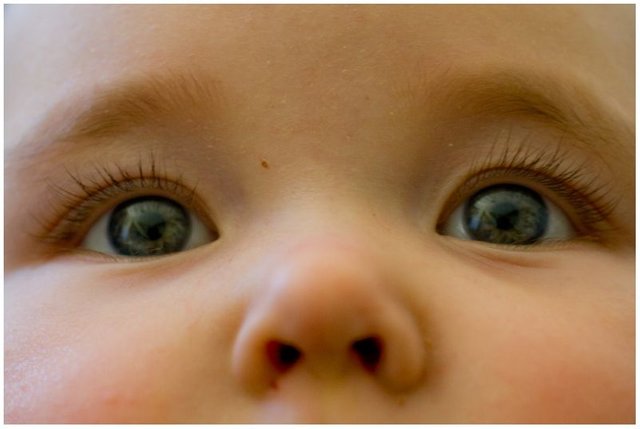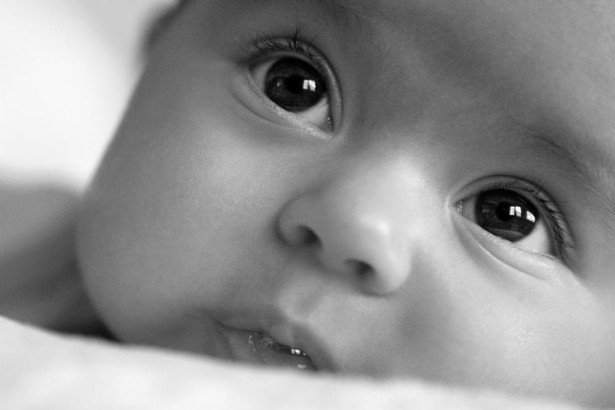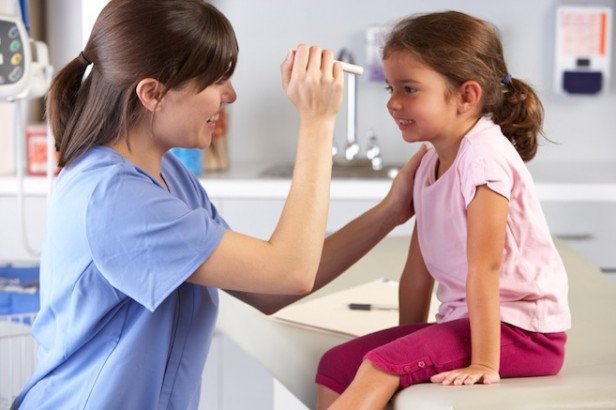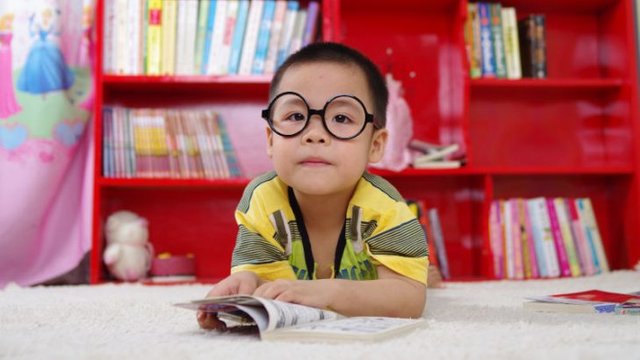
Why does a child have strabismus or crossed eyes? To find out more, see the exposure about the causes, symptoms, and how to deal with the following conditions.
Strabismus or crossed eyes are conditions in which both eyes are not fixed on one object that is the center of attention. One eye can be focused on one object, while the other eye can roll in, out, up, or down.
Under normal conditions, the six muscles that control eye movement work together and direct both eyes in the same direction. However, children with strabismus have these movement control problems and are unable to maintain alignment of eye position.

Causes of crossed eyes
Most strabismus is caused by abnormalities in neuromuscular control of eye movements. In order for both eyes to be straight and able to focus on one object that is the center of attention, all eye muscles must be balanced and work together. These eye muscles are controlled by the brain. That's why children who have disorders of their brains are more at risk of having crossed eyes.
Strabismus is common in children with abnormalities in the brain, such as:
Cerebral palsy
Down syndrome
Hydrocephalus
Brain tumor
A child born prematurely
However, in addition, cataracts or vision-related trauma also have the potential to cause strabismus. Some studies have also revealed that crossed eyes are influenced by heredity. About 30% of children who have strabismus are known to their family members and experienced the same thing before.
Symptoms of crossed eyes
The main symptom of strabismus is the eyes that are not straight. This means that when one eye is focused on one object, the other eye is fixed on another object. Sometimes a child with strabismus will squint one eye during the sun or tilt the neck to use both eyes together.

How to diagnose
Strabismus can be diagnosed through an eye exam. It is recommended that all children between the ages of 3-3.5 years be checked for vision by an ophthalmologist. However, if less than six months the baby has shown the characteristics of squinting eyes, you should immediately do an early examination.
If a child fails a vision test, he or she will be referred to an ophthalmologist for a more complete examination. And if there is a family history of having strabismus and using thick glasses, the doctor will perform a vision examination even though the child is less than three years old.
Squint eye treatment
After a complete eye exam, your eye specialist may recommend appropriate therapy. Here's what can be done:
Wearing glasses
If strabismus is caused by a light refraction error, using glasses may be an option. This is done to normalize vision can straighten the eyeball completely. Or, even if it can't restore 100% normal, it can improve the position of the eyes.

Using a blindfold
If a child suffers from strabismus with amblyopia,he or she may be forced to strengthen the weak eye by closing the normal eye using an eye patch. Its use should be done as early as possible and certainly according to the advice of the doctor.
The use of blindfolds over 8 years is usually considered too late because the child's vision usually develops before that. Your child will need a visit to an ophthalmologist periodically to find out if his binocular vision has fully formed.
Operation
The doctor will cut the white membrane of the eye so that it can reach the driving muscles of the eyeball. The eye muscle is then released from its attachment and moved to a place that corresponds to the direction of the eyeball deviation. It can also be cut eye muscles slightly as needed and attached again to a normal eye position.
Strabismus surgery can be performed on one or both eyes at once depending on the type and magnitude of the squint. If the child has to do surgery, don't worry, Mommies, because the recovery time is quite fast. Children can usually return to normal activities within a few days.
After surgery, glasses may still be needed. In some cases, more than one-time surgery may be needed to keep the eyes straight.